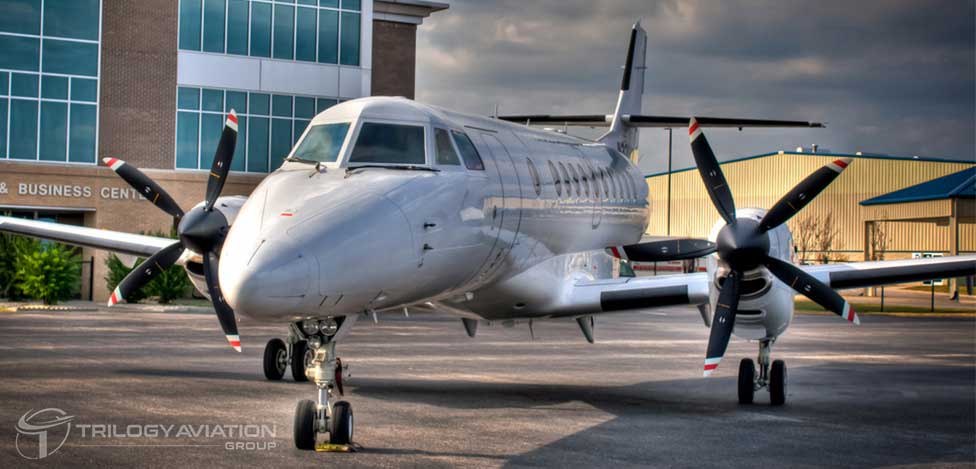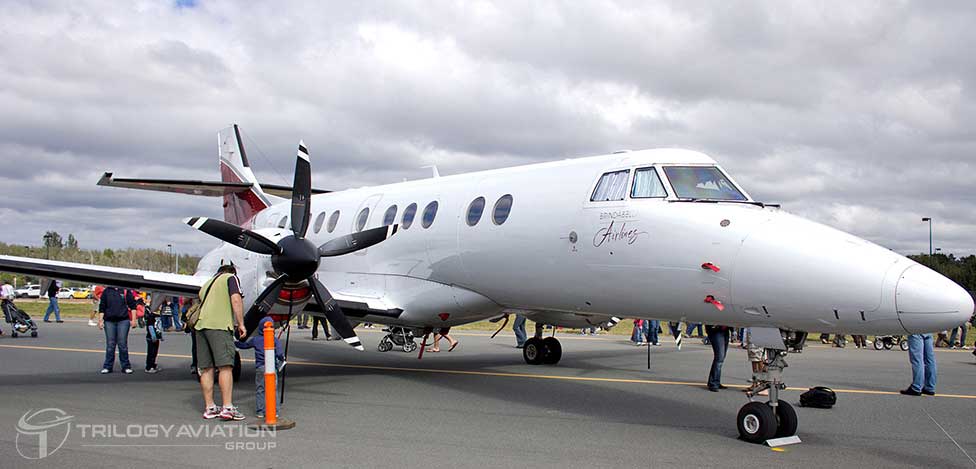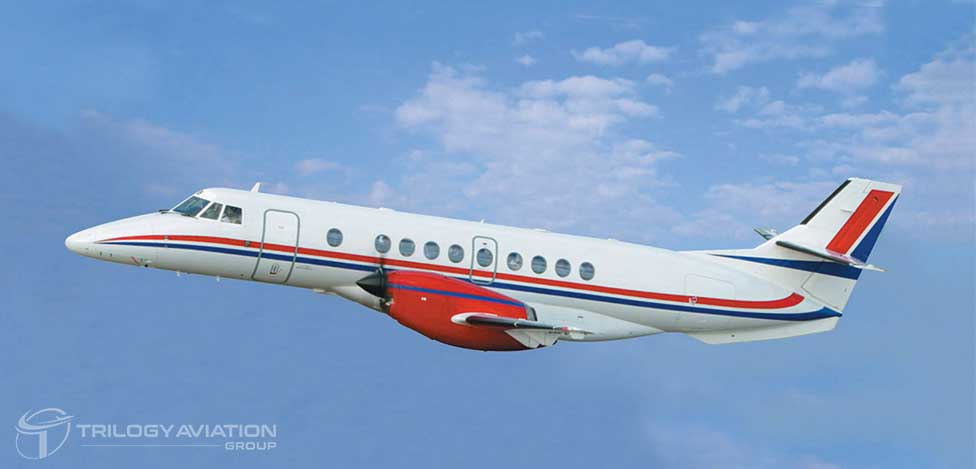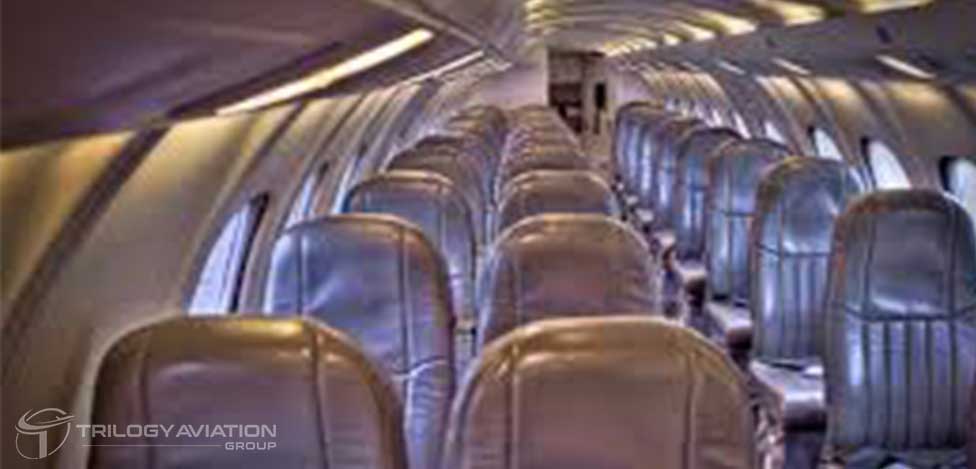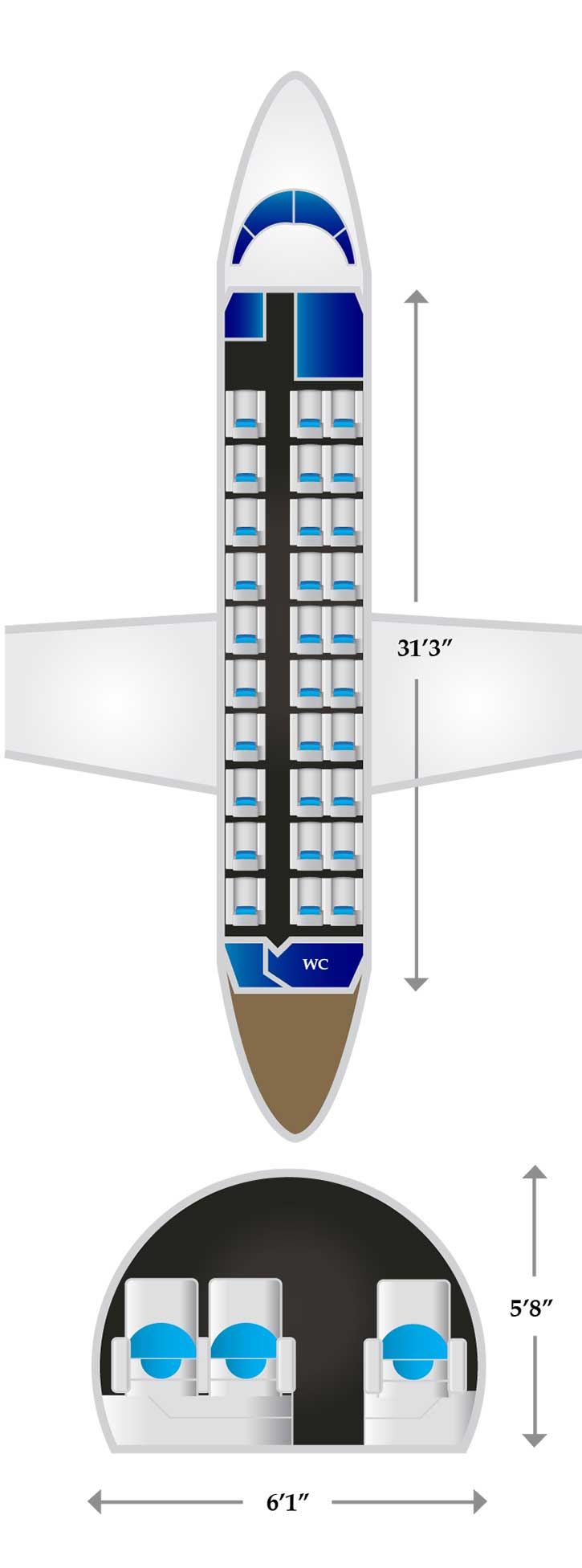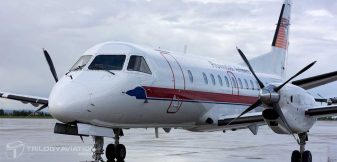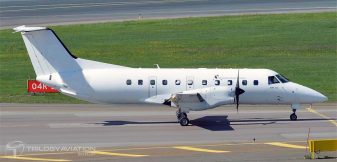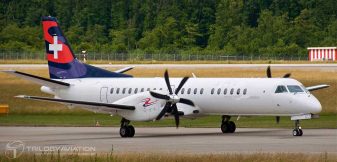British Aerospace Jetstream 41 Specifications and Features
The British Aerospace Jetstream 41 was developed as an evolution of the earlier Jetstream 31, with an emphasis on improved passenger capacity, comfort, and performance for short-haul flights. Its design reflects British Aerospace’s commitment to engineering reliability and operational efficiency, making it an ideal aircraft for private charters.
One of the defining features of the Jetstream 41 is its extended fuselage, which allows for a higher passenger capacity without compromising comfort. The aircraft is powered by two Garrett TPE331-14 turboprop engines, each producing 1,500 to 1,650 shaft horsepower. These engines provide excellent performance for regional flights, offering a cruising speed of approximately 290 knots and a maximum speed of 295 knots (546 km/h). With a range of roughly 744 nautical miles, the Jetstream 41 efficiently covers short to medium regional routes, making it an ideal choice for business travelers who value time and flexibility.
The aircraft’s design also includes advanced aerodynamics, such as an increased wingspan, redesigned ailerons, and optimized flaps, which enhance its performance and fuel efficiency. The Jetstream 41 has a max takeoff weight of 24000 lbs, balancing payload capacity and operational efficiency for regional operations. Additionally, it was among the first turboprops to be certified under both JAR25 and FAR25 standards, underscoring its reliability and safety.
Passenger Capacity and Cabin Layout
The Jetstream 41 is designed to accommodate up to 29 passengers in a comfortable interior configuration, although private charters often utilize fewer seats to maximize space and comfort. The typical layout features a 1-2 seating arrangement that ensures each passenger has ample room to relax or work during the flight. The cabin includes ergonomic seating, large windows for natural light, and thoughtfully designed storage areas for carry-on luggage and personal items.
For business travelers, the layout supports a productive environment, allowing for meetings, laptop use, and private discussions during the flight. Leisure travelers benefit from a quiet and spacious cabin where they can unwind, enjoy in-flight amenities, and travel in privacy. The Jetstream 41’s cabin interior design strikes a balance between functional space and luxury, ensuring that every passenger enjoys a high-quality flying experience.
Engine Performance and Range
The Jetstream 41’s twin Garrett TPE331-14 engines are central to its reliability and efficiency. These turboprop engines deliver consistent performance, providing a cruising speed of 290 knots and a maximum speed of 295 knots. The aircraft’s range of approximately 744 nautical miles allows it to comfortably handle regional routes without frequent refueling, making it ideal for short to medium flights across cities, states, and neighboring countries.
In addition to speed and range, the Jetstream 41 offers impressive fuel efficiency, which not only reduces operating costs but also aligns with sustainable travel practices. Its engines are known for their reliability, which is critical for business travelers with tight schedules. Passengers can count on a smooth, predictable flight experience.
Takeoff, Landing, and Short-Runway Capabilities
One of the Jetstream 41’s standout features is its ability to operate from shorter runways and regional airports, giving it unmatched flexibility in accessing destinations often off-limits to larger jets. Its advanced flight deck technology supports precise control during takeoff and landing, while the aircraft’s powerful engines enable a rapid climb, even from constrained runways.
The Jetstream 41’s short-field performance, combined with its capability to safely navigate challenging terrain, reduces travel time by minimizing the need for lengthy ground transportation. This makes it ideal for last-minute trips or itineraries with multiple stops. Passengers enjoy the convenience of direct access, faster boarding, and quicker departures, all while benefiting from the aircraft’s adaptability to diverse airports and environments.



